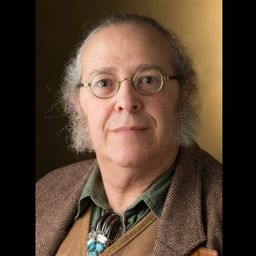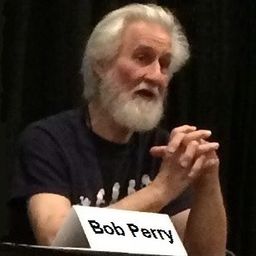Avoiding the Next Chelyabinsk
Theme:
Science
What:
Panel
When:
2:00 PM, Sunday 14 Oct 2018
(1 hour)
Where:
Gateway Center
- Ballroom A
How:
Statistically, something like the Chelyabinsk event happens several times a decade, the Tunguska event several times a millennium, and the Chicxulub event about every one hundred million years. The discovery rate for really large NEAs (Near Earth Asteroids) that could upset the climate and agriculture and cause civilization to collapse is down to a trickle but we've found very few of the million or so Chelyabinsk class NEAs. Space based B612's Sentinel and NASA's NEOcam are in budget limbo. Ground based telescopes can find the "small" ones when they pass by "closely". There are several proposals for diverting an asteroid but no proven hardware. At least the United Nations does have a sub-committee tasked with coordinating the cooperation of space faring nations for mitigating the asteroid hazard when one is found on a collision course.
Participant
St. Louis Space Frontier (a chapter of the National Space Society)
(retired)


